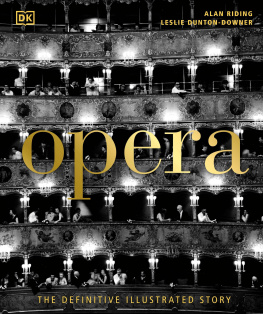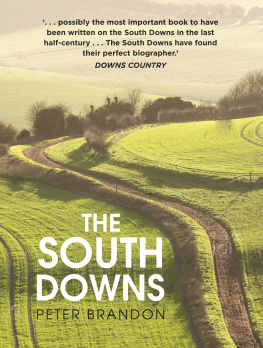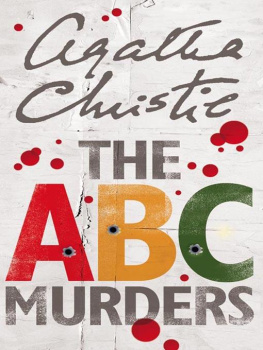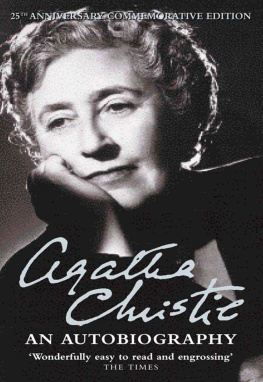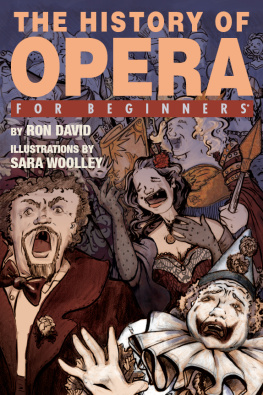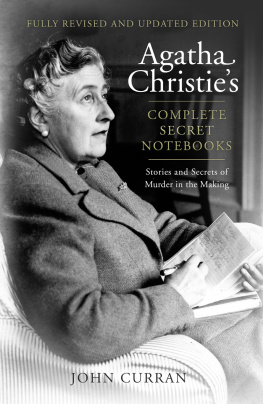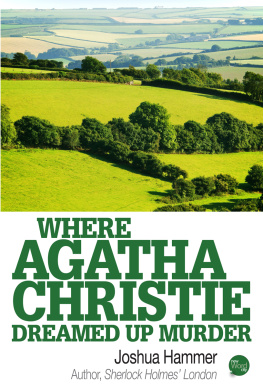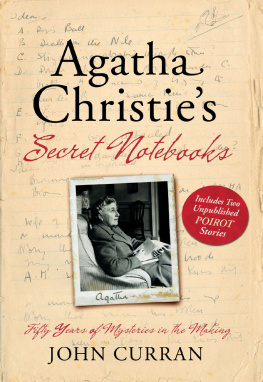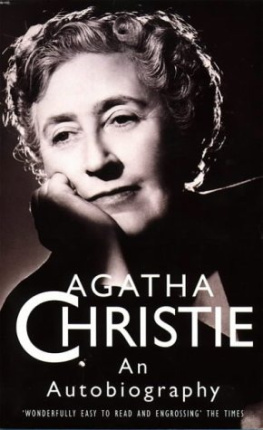
SHIRE PUBLICATIONS
Bloomsbury Publishing Plc
PO Box 883, Oxford, OX1 9PL, UK
1385 Broadway, 5th Floor, New York, NY 10018, USA
This electronic edition published in 2019 by Bloomsbury Publishing Plc
E-mail:
www.shirebooks.co.uk
SHIRE is a trademark of Osprey Publishing Ltd
First published in Great Britain in 2019
Glyndebourne Productions Ltd. 2019
Glyndebourne Productions Ltd. have asserted their right under the Copyright, Designs and Patents Act, 1988, to be identified as Author of this work.
All rights reserved
You may not copy, distribute, transmit, reproduce or otherwise make available this publication (or any part of it) in any form, or by any means (including without limitation electronic, digital, optical, mechanical, photocopying, printing, recording or otherwise), without the prior written permission of the publisher. Any person who does any unauthorised act in relation to this publication may be liable to criminal prosecution and civil claims for damages.
A catalogue record for this book is available from the British Library.
ISBN: 978-1-7844-2424-4 (PB)
ISBN: 978-1-7844-2423-7 (eBook)
ISBN: 978-1-7844-2423-7 (ePDF)
ISBN: 978-1-7844-2425-1 (XML)
Layout by Myriam Bell Design, Shrewsbury, UK
Shire Publications supports the Woodland Trust, the UKs leading woodland conservation charity.
Cover image
Glyndebourne acrylic painting by Julian Sutherland-Beatson, 2017.
Title page image
The fingerpost in the lane outside Glyndebourne.
Contents page image
Glyndebourne seen from the hill.
To find out more about our authors and books visit www.ospreypublishing.com. Here you will find our full range of publications, as well as exclusive online content, details of forthcoming events and the option to sign up for our newsletters. You can also sign up for Osprey membership, which entitles you to a discount on purchases made through the Osprey site and access to our extensive online image archive.
A CKNOWLEDGEMENTS
Artworks and photographs are all copyright the originator and are produced by kind permission of:
Air Media Solutions, (top).
A UTHORS NOTES
This is a short history of the miracle that is Glyndebourne. Miracle, you say. Well, read the first two chapters. The problem in writing it has been not what to include but what to leave out. I would like to have mentioned many more of the staff past and present, many more of the conductors and singers. I would like to have described more of the productions. I would like to have told more anecdotes, such as Fritz Buschs remark in 1935: No stars are ever away at Glyndebourne, because even work is more attractive than the night life of Lewes. And John Pritchards quip on hearing that the operatically inexperienced Bernard Haitink was to succeed him as music director: I didnt know Brahms had written an opera. Fortunately Glyndebourne can already boast an impressive bibliography, to which those who wish for more detail can turn. All writers about Glyndebourne are in some way indebted to the authors who have tackled the subject before; and my thanks also go to Sir George Christie, Joanna Townsend, Julia Aries and Helen ONeill.
M.K. 2010
Forcing a quart into a pint pot is never an easy matter. I am indebted to Michael Kennedy for giving us such a concise rendering of the Glyndebourne saga, and to all those at Glyndebourne who have read and commented upon my updating of the tale. Thanks go especially to Karen Anderson for her unstinting support.
J.A. 2019

CONTENTS

An aerial view of Glyndebourne house and theatre, spring 2019. Glyndebourne house, seen on the left of the site, is dwarfed by the 25-year-old theatre.
DO THE THING PROPERLY
GLYNDEBOURNE, AN ENGLISH opera house near Lewes in East Sussex. This Oxford Dictionary of Music entry is prosaically accurate but conveys nothing of the special and magical thrill that the name Glyndebourne holds for everyone who has attended opera there since 1934. Opera at Glyndebourne remains a unique experience, to be enjoyed from mid-May to the end of August and for three weeks in the autumn when the Tour occupies the theatre before taking three operas around the country and often further afield.
What makes Glyndebourne unique is that it remains a familys private home in which one feels more like a guest than a patron. Nowhere else offers international musical standards in such pleasing surroundings a beautiful estate in the heart of the South Downs National Park, with gardens, lawns, lake, and facilities for dining or picnicking in the 90-minute interval. The superb opera house is the second on the site in 75 years. What must have seemed to be a madcap folly in 1934 has become a world-famous guarantee of quality.
We owe all this to the money, determination, vision and eccentricity of John Christie and to the professionalism, tact and wisdom of his wife, the soprano Audrey Mildmay. After them came their son George and his wife Mary, who took Glyndebourne into a new era and who in turn handed over to their son Augustus (Gus).
There has been a manor house at Glynde Bourne, as it was often spelt, since the 15th century and the Hay family owned it until the Christies came on the scene in the late 18th century (the name was originally Swiss, Christin). John Christie was born in Eggesford, Devon, on 14 December 1882, the only child of Augustus Langham Christie and Lady Rosamond Wallop, daughter of the fifth Earl of Portsmouth. (Eggesford was her fathers house.) Augustus father William used Glyndebourne as his home, and John spent his childhood and early youth at Tapeley Park, a Christie property in Devon used by Augustus.

Watercolour of Glyndebourne, c. 1756. The original 15th century house is almost hidden behind the imposing addition made by John Hay in the late 17th century.
John was sent to boarding school at the age of six, and then to Eton in 1896, where he was put in the army class to further his interest in science. At 16 he passed into the military academy at Woolwich. This, however, proved to be a short-lived career after an injury to his foot in a riding accident left him slightly lame, but it did enable him to sit and pass the entrance examination for Trinity College, Cambridge, to study physics and natural science. Despite his foot, and a subsequent injury to an eye in which he later lost the sight, he loved football, and later played tennis, cricket and became a first-class shot. He always had a keen, if rather unconventional, sense of fun.
On taking his degree, he returned to Eton in 1906 as an assistant master to teach science. Then, in 1914, on the outbreak of World War 1, despite his physical handicaps, he obtained a commission in the Kings Royal Rifle Corps and fought in France. In 1915 he was awarded the Military Cross, before being invalided out the following year with the rank of Captain, and returning to Eton.
While at Cambridge, John had become passionately addicted to the music of Wagner, and now as an Eton master, he was introduced to the Munich and Bayreuth festivals by Dr Charles Harford Lloyd (precentor of Eton since 1892). Glyndebourne had become Johns principal residence in 1913, but he only started to make his mark upon the place with Lloyds reluctance to retire to Sussex because there was no good organ to play. In 1919 John demolished the unused fives court and a conservatory and built an organ room in their place. Organ builders William Hill & Son and Norman & Beard were entrusted with installing an organ of Lloyds own design but Lloyd died before the instrument was completed. John then bought into the firm.



